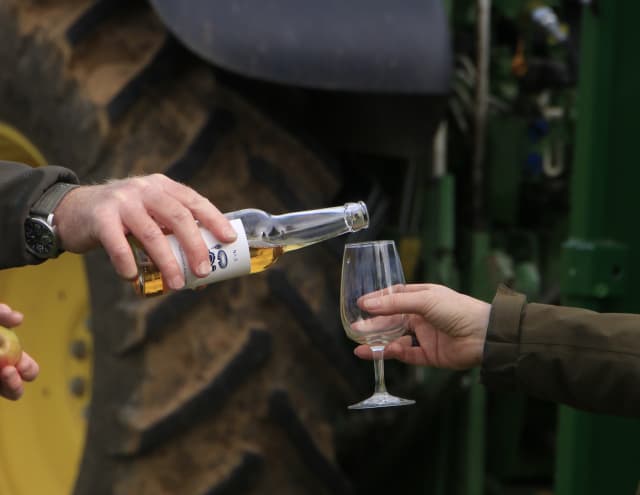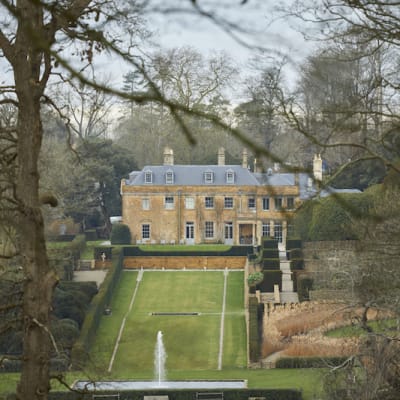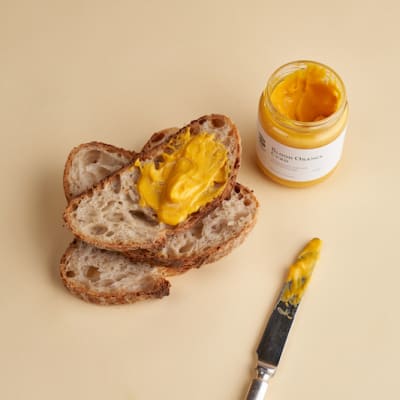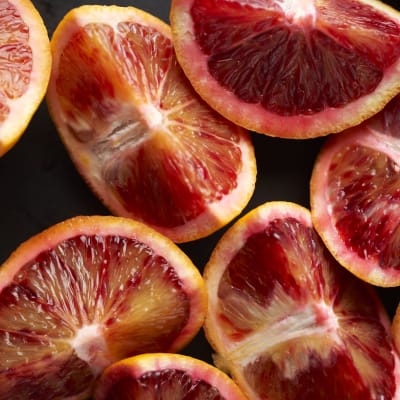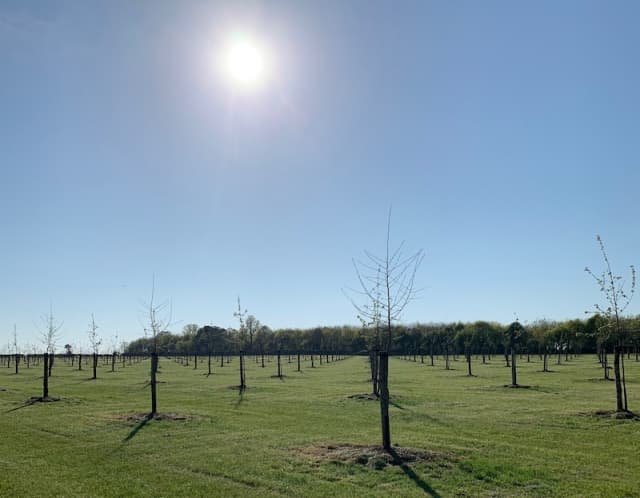
Our cyder orchards are home to 3,000 standard (full-size) apple trees, planted in the traditional style eight metres apart.
In order to assist the trees in their formative years and promote the ideal shape for encouraging an optimum and healthy environment for the best quality apples, Cellar Master Greg Carnell oversees their careful pruning at this time of year.
Winter pruning involves removing branches to encourage good tree health and promote new wood growth. Summer pruning is different in that it generally promotes the formation of new fruiting wood.
You can reap the rewards from winter pruning the following year, when you see that where a branch has been cut, there will be three or four sprouting out from just below.
The main focus of winter pruning is to cut out the following:
Dead or diseased branches – certain varieties such as the Kingston Black are particularly susceptible to infection. You can spot little red spores in infected wood – the branches will look blistered and bulbously scarred, with bark flaking away with open wounds. The leaves die and branch die and, if left, will eventually take the tree with them. The pruner keeps cutting further down the branch, looking across the cut until there is no visible black “seam” – this is how far the infection has reached. The secateurs must be disinfected between trees to avoid cross infection can occur, and the prunings removed from the orchard and burnt.
Crossing branches that can rub and cause wounds. We remove competing leader branches to maintain one upstanding central branch, surrounded by an equal and symmetrical amount of branches.
Competing “leaders” – we want our standard trees to be tall and handsome, with one upstanding central branch surrounded by an equal and symmetrical amount of branches. A competing leader is a strong, vertical lateral branch that will use up valuable energy, inhibiting the full growth potential of the main leader. Come September, it is also important to remove apples from the main leader before the weight of the apples bends it over – or worse, snaps it off.
Inward growing branches – these congest the inner part of the tree structure when in full leaf, restricting the circulation of fresh air that’s needed to prevent disease. Not only that, the fruit in this area won’t receive enough light in the summer to ripen. As the old boys would say, there should be enough space within the trees “to throw your hat clean through”!
Greg has 70 trees of his own at home, similar to ours, so will be pruning his own in the coming weeks; before leading the celebrations at our annual Wassail ceremony, awakening the dormant trees after they’ve had their trim. Thirsty work indeed.
